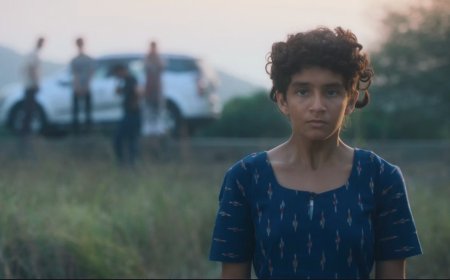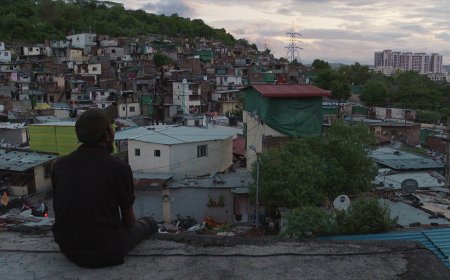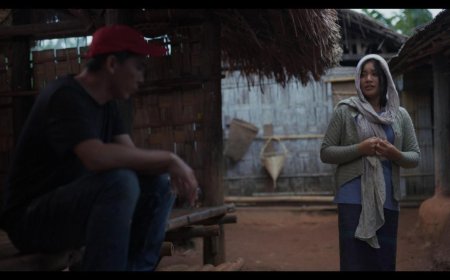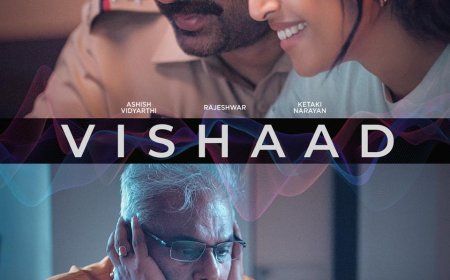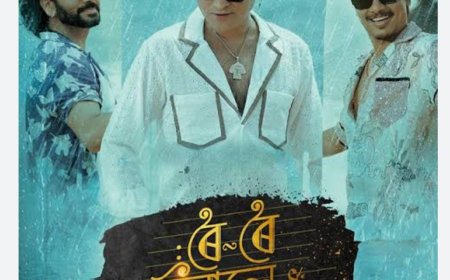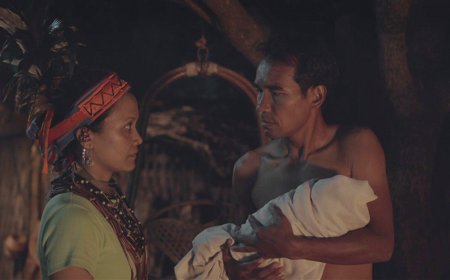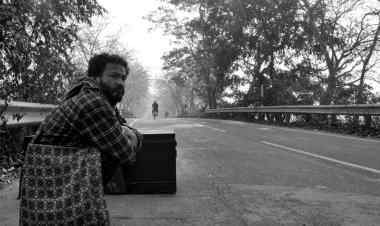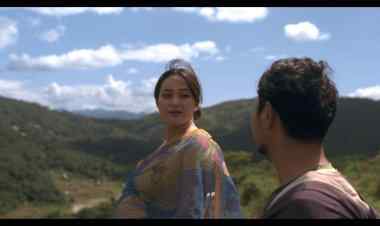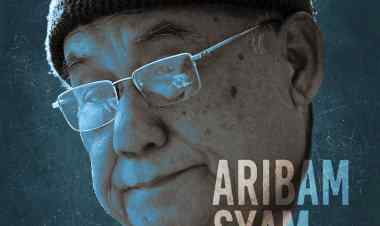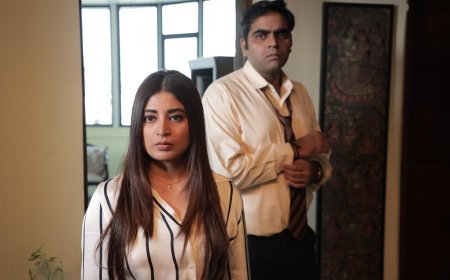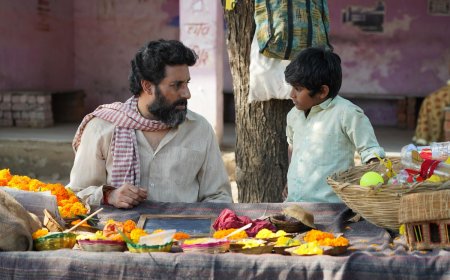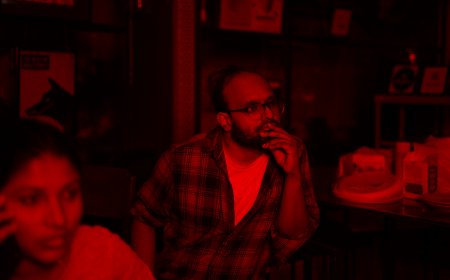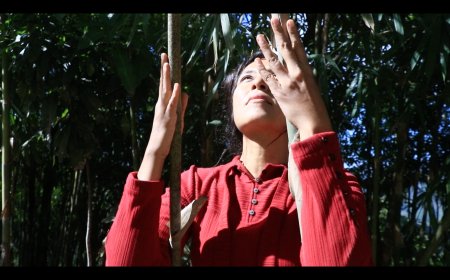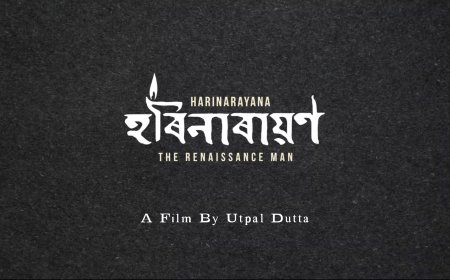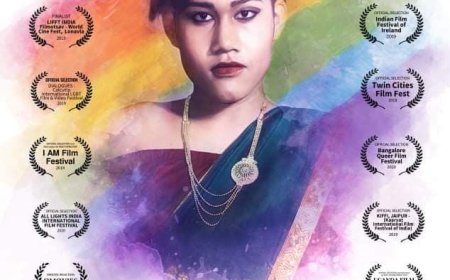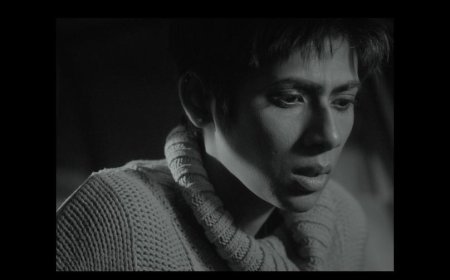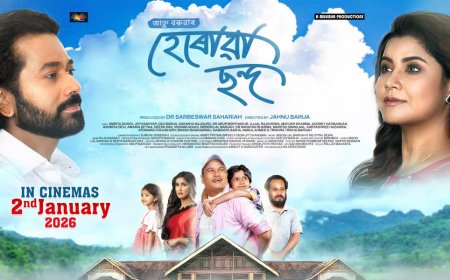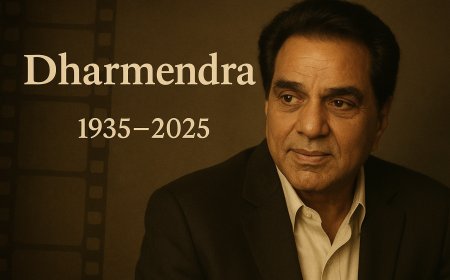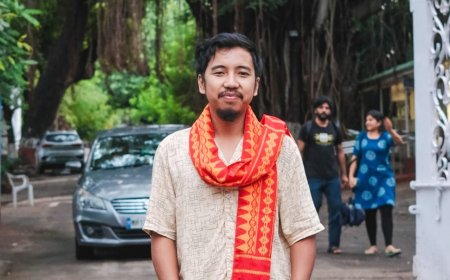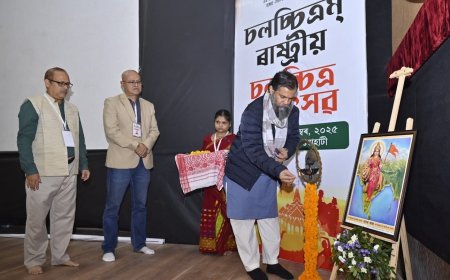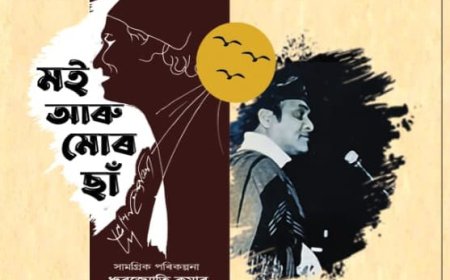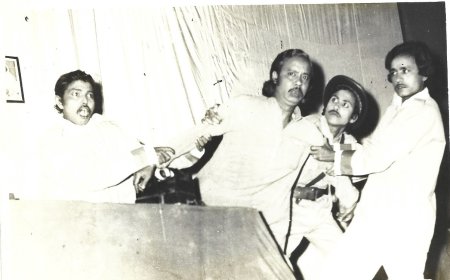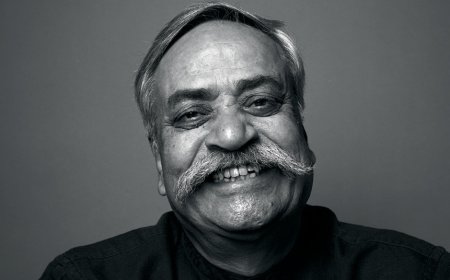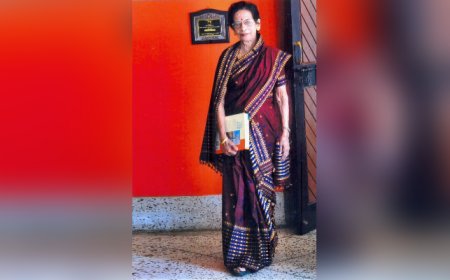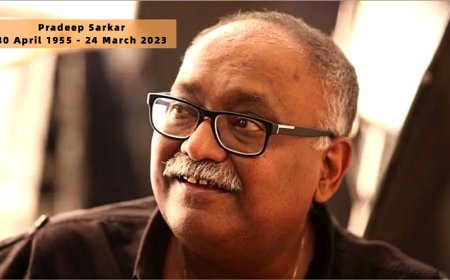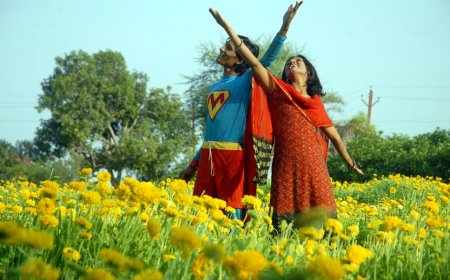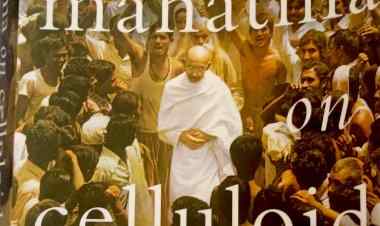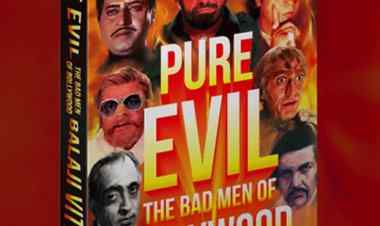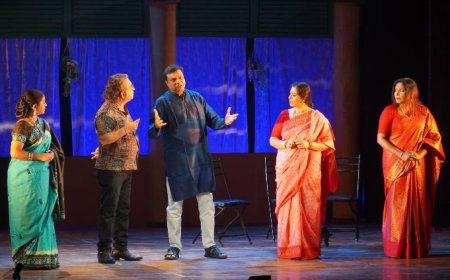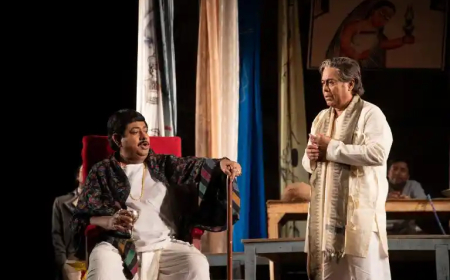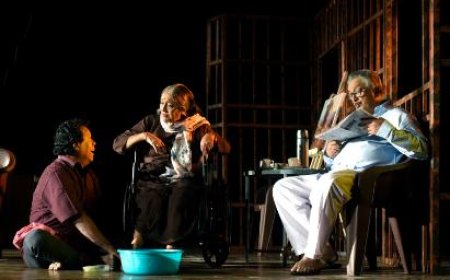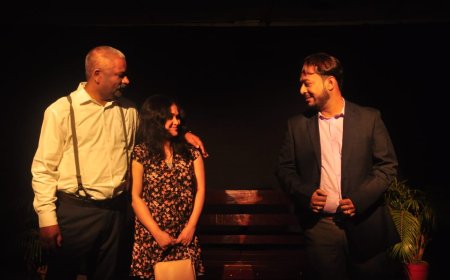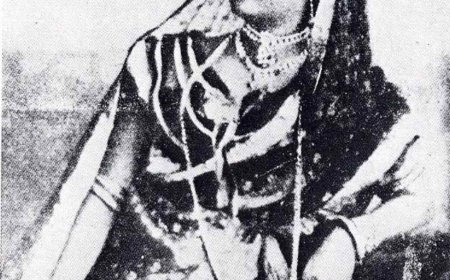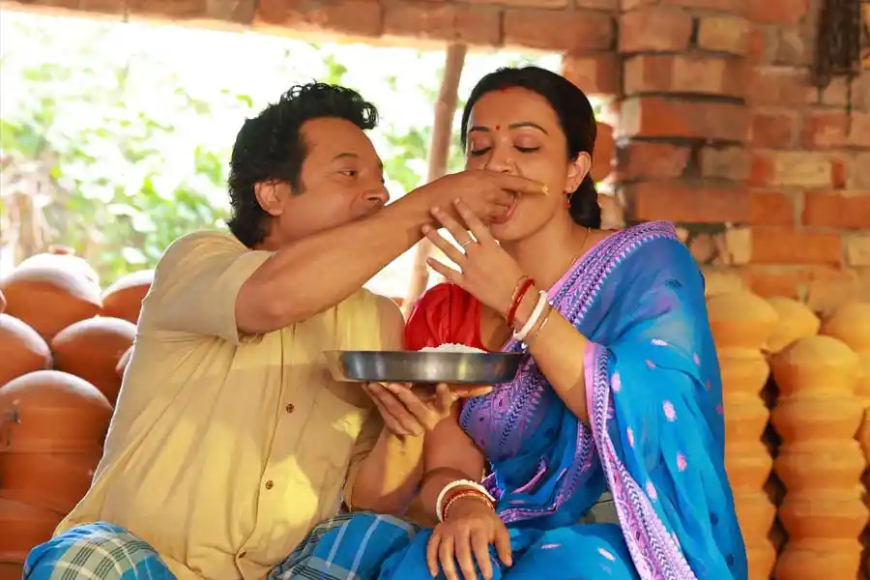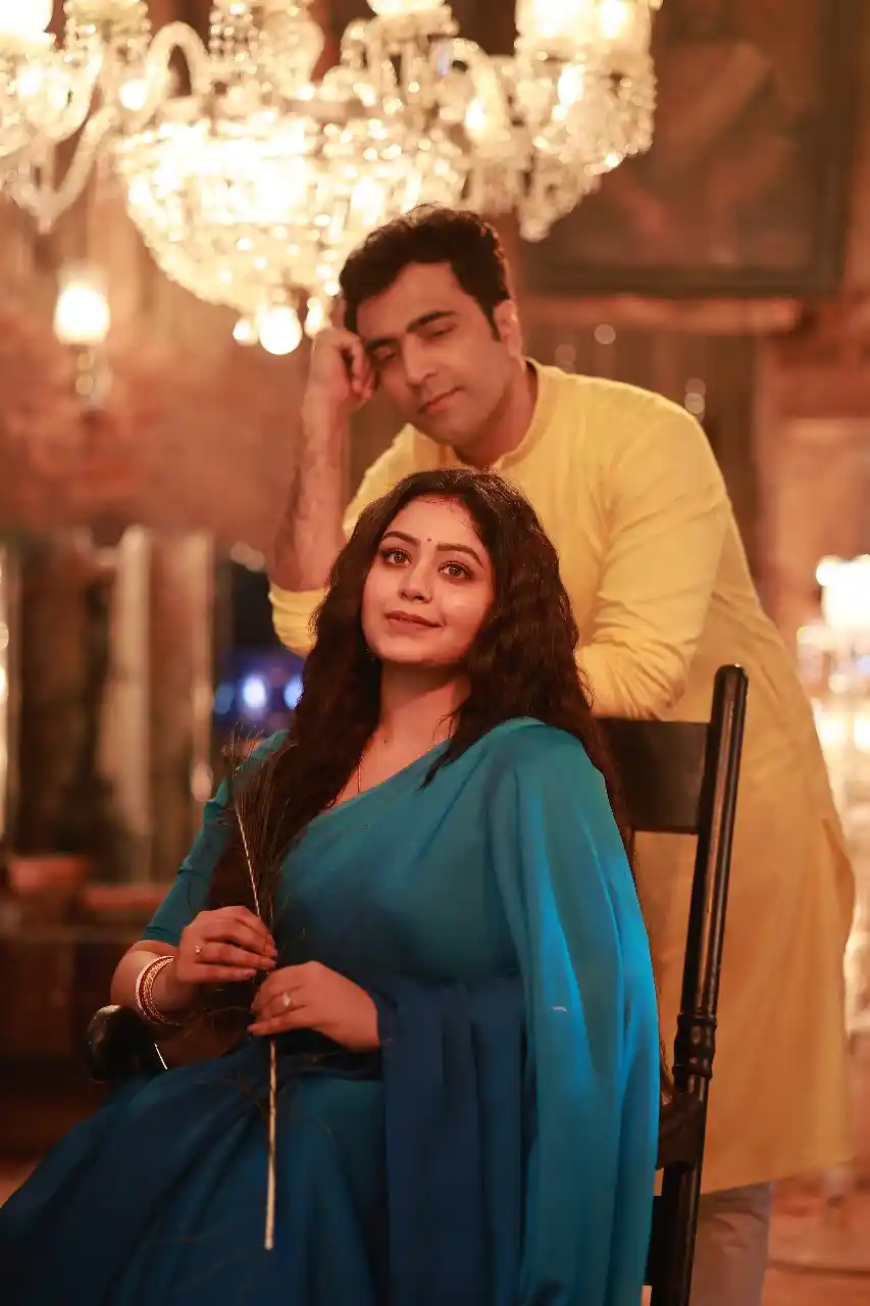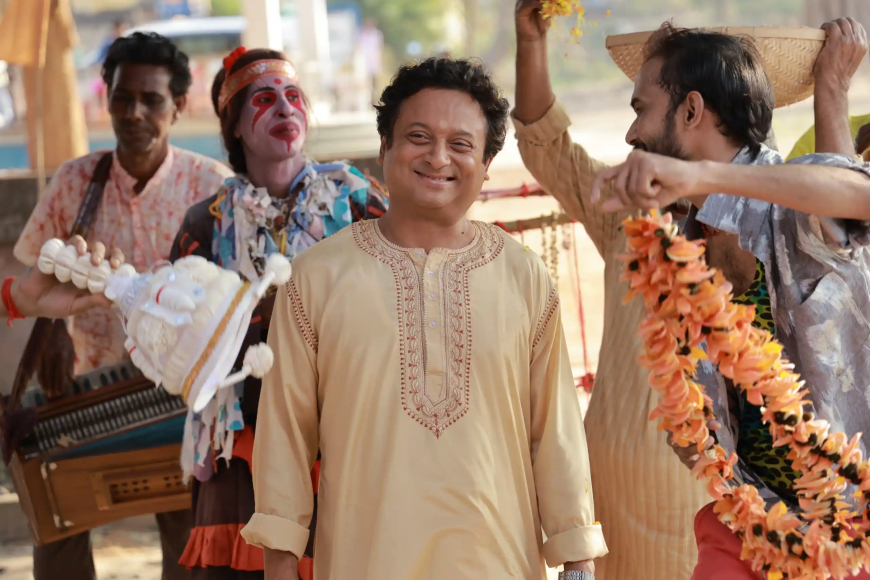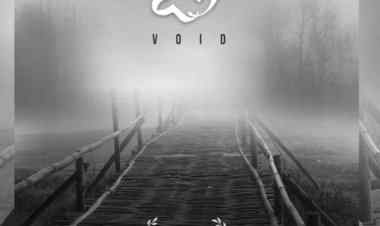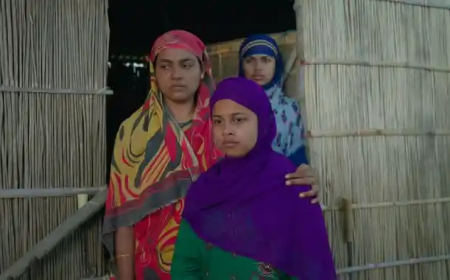Review: BOHURUPI - A FILM FOR THE ARCHIVE
Dr. Shoma A. Chatterji provides a detailed review of the recently released mainstream Bengali film "BOHURUPI". The pictures are from the production house.
The term ‘bahurupi’ derives from the Sanskrit ‘bahu’ (many) and ‘rupa’ (form.) Bahurupis in Bengal are a group of folk performers who portray several hundred characters, from gods to lepers to animals and demons, doctors and engineers, children and birds, holy men, professional men and tribals, tradesmen and rogues, beggars and fools. The film makes optimum use of a fast-fading folk performance form once popular in the villages and districts of West Bengal. They still gather in groups at the village fairs during winter but its popularity is fading. The bahurupi is traditionally, both a cultural as well as an art icon in folk performances in West Bengal in particular. The story goes that during the British rule which covered Bengal, the British, including its police often took the help of these Bahurupis as spies for collecting information as few people knew what they looked like without the thick make-up and heavy costumes. Also, most of the actors were identified with the characters they were famous for and not by their names.
The film Bohurupi, directed by the two directors, Shiboprosad Mukherjee and Nandita Roy, is an out-of-the-box film though it is directed at the mainstream audience. This writer chooses to call this an “out-of-the-box” film because the slowly fading artist called the Bohurupi is not only reconstructed in a different way completely in this film but is also a metaphorical reality within the adventure-and-thrill spilled narrative in the life of the hero Bikram Pramanik (Shiboprosad Mukherjee) who trains himself in bank dacoity while in jail , with great success through lightning changes in identity not only of his team but also of himself.
The film also is also spills over with heart-stopping music drawn from nearly forgotten, but beautiful songs belted out by Bahurupi performers and also a keertan-style song-and-dance number belted out by the noted singer Shilajit and a female partner. In fact, the music and the songs in the film deserve a completely independent article as the five songs in the entire film belong to genres not heard recently within the annals of Bengali cinema. A lot of research appears to have done to gain access to songs belted by Noni Chora Das Baul, music composed by different composers like Bonnie Chakraborty, Arnab Dutta, Noni Chora Das Baul and Arindam Roy. Rarely used musical instruments used in specific kinds of folk music such as Dotara, Sufiya, Sajani, Maadol, Dhamsha, Dupki, Khanjani,Bangla Dhol, Dupki, Madol, Khomok and Khadtal. Though the dream song belted on screen by Pori (Ritabhari Chakraborty the mentally disturbed wife of the police chief Sumanta Ghosal (Abir Chatterjee) seems superfluous and distracts from the serio-light mood of the film, the other songs are lilting, melodious, at times quite robust and tend to add a rich lyricism to the entire film.
There is romance too, in different forms, a diabolically planned revenge story and human drama. All this makes Bohurupi one of the most genre-defying Indian film in recent times. And surprisingly, or, not so surprisingly, the basic story of an expert and trained bank dacoit who was never caught is drawn from the real story of a dacoit who threatened the Bengal police constantly between 1998 and 2003 with one bank dacoity after another.
Bohurupi is also a police thriller in which this small team of bank dacoits and the police are on a hot race and yet the chief of dacoits manages to escape even when the chief of the local police officer Sumanta Ghoshal charts out his future plan before it is to happen. Pramanik, a commerce graduate, works as an accountant in a jute mill in Bengal during the 1990s but is wrongly arrested for the murder of a Communist trade union leader and for stealing jewels from somewhere. He is beaten up black and blue by Ghoshal who heads the police station there and refuses to believe in the innocence of Pramanik though he keeps on insisting on his innocence. The imprisonment changes his entire life and ideology and destroys his deep conviction in honesty. He uses his sentence to train in bank robbery from a veteran bank robber Selim (Rajat Ganguly) and when he emerges, he is a trained bank robber who no one can capture.
The most interesting quality of the film that it divides the audience’s sympathy constantly between the two protagonists of the story – the bank robber Pramanik who has since changed his identity, and manages to cover his tracks (with the semi-profession of a Bohurupi with his team members included in each show) and Sumanta Ghosal whose service in the police force depends on his ability to capture and sentence Pramanik and his gang. Our sympathies are almost equal in their intensity for the dedicated police officer on the one hand and the dedicated bank robber on the other.
This ambivalence remains more or less constant from the minute the first bank robbery is discovered right till the end of the film when the police chief finds himself trapped in “gross negligence in duty” by his own subordinates who palmed off most of the loot from Pramanik’s shanty during the search when Pramanik, dressed as a Bengali woman in a temple to offer Pooja is caught and jailed.
Lest the audience loses its sympathy for Sumanta, the script weaves in the sad story of his beautiful wife Pori who suffers from a rare kind of bipolar disorder and is sent for treatment at a mental home. The film would have served us better without this intrusion as it does not add to the cops-and-robbers story except for the pocket of the romance-hungry audience. It is too coy, too sweet, soppy and syrupy and disturbs the very serious tenor of the story based on human values that can be thwarted simply through lies and disloyalty even from within the family.
Bohurupi through its entire team and specially its directors Shiboprosad and Nandita and Windows Production, have succeeded in keeping the audience suspense alive between anticipation and resolution which, however, is more ideological than dramatic. The robberies by themselves add a lot of humor to the proceedings while the entire film keeps taking very intelligent but sharp pot shots at the police force right through the film from beginning to end.
The entire film is shot on different locations we are not very familiar with in most Bengali films and Indranath Marik has invested the entire ambience with innovative touches of alternating darkness and light, close-ups of the lovely scenes of marital affection between Pramanik and his partner-turned wife Jhimli who used to be an expert pickpocket, action scenes of Pori throwing heavy vessels and objects around in an anger that is beyond reason and of course, not to forget the Bohurupi performances offering us a deep insight into the happy exteriors of performers who are gradually disappearing from the scenario of oflk performance culture.
Ananda Adhya’s production design fills the demands of a colourful ambience with special reference to the colours in the film that throw up a wide range. Jayanti Sen’s costume designs are loud, gorgeous and brilliant and the extravagance is explained away by the riches Pramanik and his team have collected through their loots. Dipankar Chaki and Tirthankar Majumdar’s sound mixing adds sound value to the film in which sound plays a significant role. Malay Laha’s editing keeps sharply jet-setting between and among the car chases, the badminton match between the police staff and the looters while the bank is being looted, the stealing of the bikes and lightning changes in the number plates, the marriage scenes of Jhimli and Pramanik and of course, the lightning changes in disguises. But in some scenes, the prosthetics and the wigs gave out the secret of their authenticity.
The last but not the least word is reserved for the magnificent performances by the entire team. Shiboprosad began his career as an actor and he was brilliant as one. But his career refused to even take off. So, after some struggling, he began to direct with Nandita Roy and is now on top of the game in Bengal. As Pramanik, he is outstanding and no one could have managed to look as ordinary, as naïve and as simple as he does, matching every scene with an outstanding performance from beginning to end. He looks sweet in his marriage scenes and also when he speaks to Sumanta across the phone. Koushani as Jhimli stands starkly out of place in the beginning of her scenes but matches up later with lesser make-up and darker tone of skin. Her performance leaves little room for improvement.
The directors have roped in veteran theatre personalities like Rajat Ganguli as Selim and Pradip Bhattacharya to perform significant cameos and they have justified the choice.
The film stands out for its ability to sustain the suspension factor within the audience without sacrificing the satire and the entertainment factors in the film and the story. The small bit where a spinster bank manager falls in love with the Bohurupi is humorous and sad at the same time. This is a film that should not under any circumstances, be missed.
*****
What's Your Reaction?







